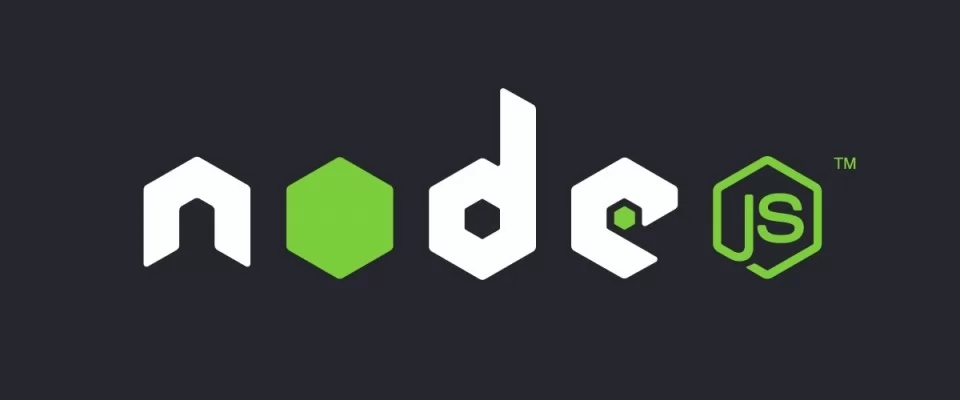The ultimate list of resources to start programming in node.js
Node.js is a JavaScript runtime environment (hence its .js termination in reference to the JavaScript language). This real-time runtime environment includes everything you need to run a program written in JavaScript. It also brings many benefits and solves many problems, so it would be more than interesting to take our Node.js course to get the basics, concepts and skills needed to motivate us to go deeper into your options and start programming.
Node.js was created by the original JavaScript developers. They transformed it from something that could only be run in the browser into something that could be run on computers as if they were standalone applications. Thanks to Node.js you can go one step further in JavaScript programming by not only creating interactive websites, but having the ability to do things that other scripting languages like Python can create.
Both JavaScript and Node.js run on the JavaScript V8 runtime engine (V8 is the name of the JavaScript engine that powers Google Chrome. It's what our JavaScript takes and runs while you're browsing with Chrome). This engine takes the JavaScript code and turns it into faster machine code. Machine code is lower level code that the computer can execute without interpreting it first, ignoring the compilation and therefore increasing its speed.
What Nodejs is used for?
Node.js uses an event-driven, non-blocking input/output model that makes it light and efficient (by input we mean requests and by output we mean responses). It can refer to any operation, from reading or writing files of any type to making an HTTP request.
The main idea of Node.js is to use the non-blocking, event-controlled input/output model to remain lightweight and efficient for real-time data usage applications running on the devices. It is a platform that will not dominate the world of web development but it does meet the needs of a large majority of programmers.
The purpose of Node.js is not aimed at processor-intensive operations, in fact, using it for heavier programming will eliminate almost all its advantages. Where Node.js really shines is in the creation of fast network applications, as it is able to handle a large number of simultaneous connections with a high level of performance, which equates to high scalability.
The documentation on Node.js is quite complete.
Today we present you a resource directory that gathers sites related to Node.js ordered by kind of project.
Tutorials
- NodeSchool.io interactive lessons
- The Art of Node (an introduction to Node.js)
- Hello World
- Hello World Web Server (paid)
- Node.js guide
- Build a blog with Node.js, express and MongoDB
- Node.js for Beginners
- Learn Node.js Completely and with Confidence
- Absolute Beginners Guide To Node.js
- Node JS Processing Model – Single Threaded Model with Event Loop Architecture
- RisingStack's Node Hero Series
- Great Node.js tutorials voted by the programming community
Developer Sites
Videos
- Node tuts
- Introduction to Node.js with Ryan Dahl
- Node.js: Asynchronous Purity Leads to Faster Development
- Parallel Programming with Node.js
- Server-side JavaScript with Node, Connect & Express
- Node.js First Look
- Node.js with MongoDB
- Ryan Dahl's Google Tech Talk
- Real Time Web with Node.js
- Node.js Tutorials for Beginners
- Pluralsight courses (paid)
Screencasts
Books
- The Node Beginner Book
- Mastering Node.js
- Up and Running with Node.js
- Node.js in Action
- Smashing Node.js: JavaScript Everywhere
- Node.js & Co. (in German)
- Sam's Teach Yourself Node.js in 24 Hours
- Most detailed list of free JavaScript Books
- Mixu's Node Book
- Node.js the Right Way: Practical, Server-Side JavaScript That Scale
- Beginning Web Development with Node.js
- Node Web Development
- NodeJS for Righteous Universal Domination!
Courses
Blogs
Podcasts
JavaScript resources
- Crockford's videos (must see!)
- Essential JavaScript Design Patterns For Beginners
- JavaScript garden
- JavaScript Patterns book
- JavaScript: The Good Parts book
Node.js Modules
- Search for registered Node.js modules
- A curated list of awesome Node.js libraries
- Wiki List on GitHub/Joyent/Node.js (start here last!)

